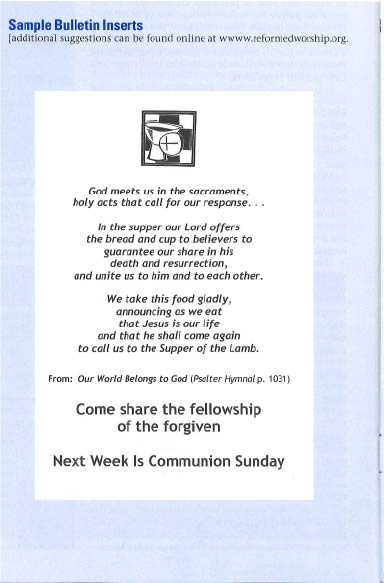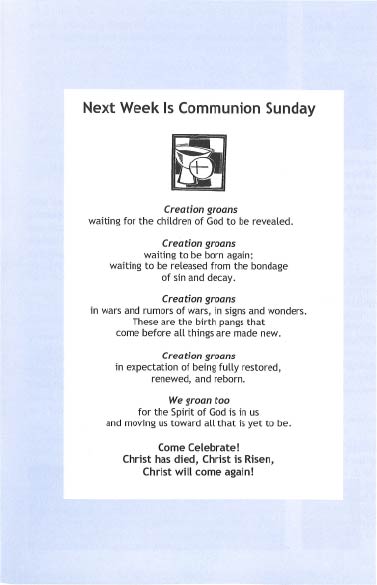Updated May, 2025
How should pastors prepare themselves and the churches they serve to participate in communion?
In my denomination’s tradition it used to be common for congregations to celebrate communion four times a year. Typically the pastor would preach a sermon of preparation the week before communion; during the communion service itself the pastor preached a sermon of explanation; and the following Sunday he or she would often preach a sermon of application of communion. These teaching sermons surrounded the sacrament and helped ensure a right understanding of all that was at stake at the Table. While some might question the necessity of so many words surrounding the Table, these practices were intended to heighten the value given to Table fellowship.
Today in most denominations, encircling the Table with explicatory and applicatory sermons is a relic of the past. But the question of how to prepare for communion remains relevant.
In some circles clergy and elders are negotiating whether to read a formulary of preparation in worship the week before communion. Those calling for routine use of the form often wish to ensure that communicants are in right relationship to God; the formulary however, aims for restored relationships with other Christians.
Irrespective of communion frequency or homiletical habits that surround the Table, I would like to speak a word for the value of communion preparation practices. As a pastor, I am bothered when people come to worship and say with surprise, “Oh, we have communion today.” I find myself wishing that people would come to worship with their souls hungrily rumbling and eager for the fellowship, words, and joy that come with the celebration of the sacrament.
Theologically, anticipation of communal meals and Table fellowship has deep roots in both testaments of Scripture. Encouraging the community of faith to think about, anticipate, prepare, and imagine ahead of time can enrich the meaning of the Table for individuals and the community.
One way to make suggestions (rather than prescriptions) for preparation is to place inserts in your bulletin the week before communion. These inserts— possibly printed on colored paper for visibility—contain communion preparation themes, Scripture texts, and practices that encourage reconciliation.
For our congregation, I made twelve different inserts, including some with connections to the Christian year. (I noticed that some worshipers take these inserts home to read; others tuck them in their Bibles as bookmarks or reminders.) A congregation that celebrates communion monthly could craft a year’s worth of inserts and then reuse them the following year.


Other practices too could enhance our anticipation of the Lord’s Supper:
- On the Sunday before communion teens could “set the (communion) Table” as part of a ritual of preparation.
- Worshipers could bake or buy bread to bring to the Sunday service.
- Pastors could encourage worshipers to practice forgiveness and enemy love the week before communion.
- We could make time in communion services to tell about what happened when we focused on reconciliation throughout the week.
Such practices might discourage the “eat and run” mindset that can sometimes go with communion. When we “set” the Table—by observing communal practices that encourage anticipation the week before—the meaning of the Table in individual and community life is enriched.

